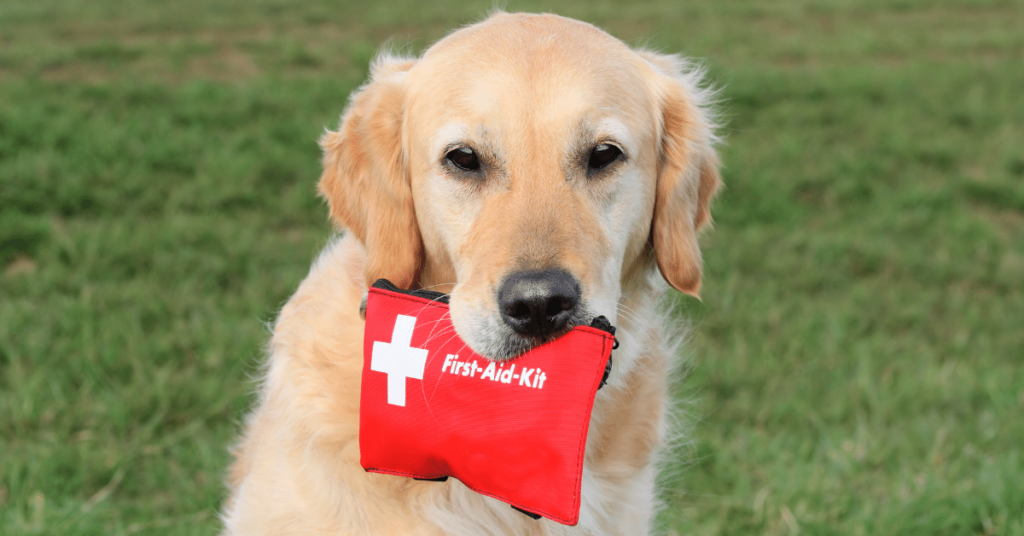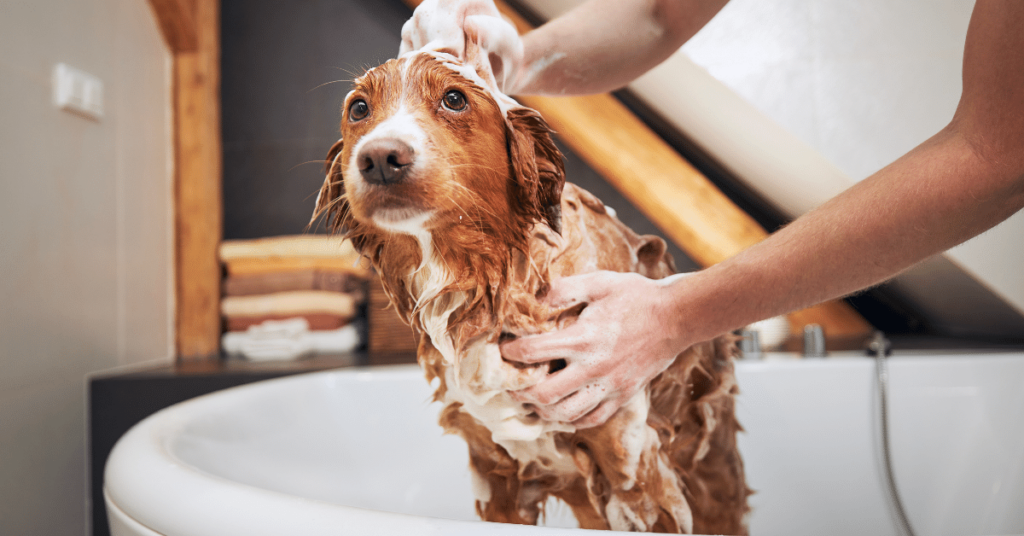Introduction
Exercise plays a critical role in a pet’s behavior, providing numerous benefits for both their physical and mental well-being. Regular physical activity allows pets to channel their energy in productive ways and helps prevent common behavior problems. In this article, we will delve into the importance of exercise for pets, explore effective ways to keep them active, and discuss the impact it has on their behavior.
Channeling Energy
Energy Release
Pets, especially dogs and cats, have natural energy levels that need to be released regularly. Without sufficient exercise, these energy levels can build up, leading to boredom, frustration, and even destructive behaviors. Exercise allows pets to channel their energy in positive ways, reducing the likelihood of behavioral issues.
Mental Stimulation
Physical exercise not only benefits a pet’s body but also stimulates their mind. Engaging in activities such as puzzle toys, agility training, or scent work challenges their cognitive abilities, preventing boredom and promoting overall mental well-being. Mental stimulation is essential in preventing behavioral problems resulting from a lack of mental engagement.
Preventing Behavioral Problems
Aggression
Exercise plays a crucial role in reducing aggressive behaviors in pets. Regular physical activity can help alleviate pent-up energy, making them calmer and less likely to act out aggressively. By providing an outlet for their energy, exercise helps reduce the likelihood of aggressive reactions towards humans or other animals.
Anxiety and Stress
Just like humans, pets can experience anxiety and stress. Exercise is an excellent tool in managing these conditions as it releases endorphins, known as “feel-good” hormones. Endorphins help improve mood, reduce stress levels, and alleviate anxiety in pets. By including regular exercise in their routine, pet owners can help their furry companions maintain a calmer and more balanced state.
Destructive Behaviors
Boredom and excess energy often lead to destructive behaviors in pets. Chewing furniture, digging up the garden, or scratching at doors are common signs of an under-exercised pet. Providing ample physical exercise not only redirects their energy but also helps satisfy their natural instincts. This results in a decrease in destructive behaviors, creating a harmonious environment at home.
Effective Ways to Keep Pets Active
Regular Walks or Runs
Both dogs and cats benefit from daily walks or runs. Dogs, in particular, require daily exercise to meet their physical and mental needs. Going for a brisk walk or run not only allows them to burn off energy but also provides an opportunity for socialization, mental stimulation, and exploring new environments. Cats can also enjoy walks using a leash or harness, allowing them to experience the outdoors safely.
Interactive Toys and Games
Toys that require mental and physical engagement, such as puzzle toys or treat-dispensing balls, are excellent tools to keep pets active. These toys challenge their problem-solving skills while providing an outlet for their energy. Interactive games, such as hide and seek or fetch, also keep pets engaged and entertained.
Consider Agility Training
Agility training is a fantastic way to exercise both the body and mind of dogs. This sport involves navigating obstacle courses, which not only provide physical challenges but also increase the bond between the dog and their owner. Agility training improves a dog’s agility, balance, and endurance while providing an outlet for their energy.
Summary
Regular exercise significantly impacts a pet’s behavior, helping them channel their energy and preventing a range of behavioral problems. By providing ample opportunities for physical and mental engagement, pet owners can keep their furry friends happy, healthy, and well-behaved. From regular walks or runs to interactive toys and agility training, there are numerous ways to ensure pets have an active and fulfilling lifestyle. Remember, a tired pet is a content pet!







